FAITH: Improving mental health care for cancer survivors
“FAITH is potentially life-changing research. To achieve the ambitious goals of the project we needed to leverage our networks in Europe and build a consortium of experts.”
Philip O’ Brien, Technical Co-ordinator, FAITH Horizon 2020 project
Key Takeouts:
H2020 Case Study: FAITH
Cancer remains the second leading cause of death globally and as many as one in five people living with cancer experiences depression and mood change post diagnosis. It’s a stark statistic and one that led researchers at Walton Institute, an ICT research and development centre within the Waterford Institute of Technology, to begin looking at the area of mental health in cancer patients to see if they could use their expertise to help.
“We believe the potential for ICT applications in health is massive. We had an initial idea about looking at markers of depression and when the Horizon 2020 call came out, which was specifically targeting improving the quality of life for cancer survivors, it was an opportunity to take the idea to the next level,” says Philip O’ Brien, technical co-ordinator of FAITH.
The goal of FAITH (a Federated Artificial Intelligence solution for moniToring mental Health status after cancer treatment) is to provide an ‘AI Angel’ app that remotely analyses depression markers, such as changes in activity, outlook, sleep and appetite. When a negative trend is detected, an alert can be sent to the patient’s healthcare providers or other caregivers who can then offer support.
The project uses the latest, secure AI and machine learning techniques within the interactive app located on patients’ phones. Key to the project is federated machine learning, which enables the patient’s personal data to stay within the AI model on each phone, guaranteeing privacy.
“As the model collects data on a person’s phone it retrains itself to improve and personalize it for each individual.” explains O’Brien
“As the model collects data on a person’s phone it retrains itself to improve and personalize it for each individual. But we also want to learn from all that data to gain insights that are beneficial to the broader population, so when a model updates, that update, rather than the person’s data is sent back to the cloud. All the updates are processed and a new, improved model is sent back out to everyone and that cycle repeats,”
Another important aspect of the project is a focus on explainable AI, which is about ensuring that healthcare professionals can understand why the machine has reached a particular decision about the person’s mental health.
“Explainable AI is extremely important for building trust. As AI impacts more and more on our lives the implications of this are huge,” says O’Brien.
Why Horizon 2020?
“It was clear from the start that to achieve the ambitious goals of the FAITH project we would need to leverage our networks in Europe and build a consortium of clinicians and technical experts. By breaking the project concept into a number of key objectives we then built our consortium based on specific expertise to achieve each objective,” says O’Brien.
FAITH brings together partners from Ireland, Portugal, Spain, Italy and Cyprus into a strong multi-disciplinary team. Trial sites in eminent cancer hospitals in Madrid, Waterford and Lisbon, involving both clinicians and patients, are assessing the concept and feedback is being used to refine the model.
As with most Horizon projects there are multiple dependencies across the various work packages and co-ordinating the whole presents some challenges. At the helm of FAITH is Gary McManus, Research Project Manager at Walton.
“Different countries and organisations have different regulations and ways of operating so that’s one challenge. Also, from experience from previous projects, I knew it was important to remember that each partner, although working towards the global aim of the project, will have their own interests. Being cognisant of these sub-goals from the outset and, where possible, facilitating these in the overall planning process is essential,” says McManus.’
“Different countries and organisations have different regulations and ways of operating so that’s one challenge. Also, from experience from previous projects, I knew it was important to remember that each partner, although working towards the global aim of the project, will have their own interests. Being cognisant of these sub-goals from the outset and, where possible, facilitating these in the overall planning process is essential,” says McManus.
“But by having strong leaders for each work package, who are experts in their domain, we can be sure that delivery of each element will build towards the final offering.”
Knowledge gain
Having taken part in multiple Horizon 2020 projects, O’Brien believes that one of the great benefits is the extensive knowledge gain within a short period.
“Being involved in a Horizon project is the opportunity to upskill rapidly and build on your underlying expertise. Through your links with other organisations across Europe you get an insight into different ways of working and you cross paths with people from many disciplines. For example, through FAITH we’ve been talking to a range of healthcare professionals and leveraging their experience.
“The EU spends a lot of time and money with experts pinpointing the areas where we need to see technology improving to tackle specific challenges in the next five to ten years. By being involved in these projects you’re building on all of that knowledge rather than working in isolation. Then learning from the people you are working with across Europe pushes you up a level again.”
Moreover, the end of a Horizon project is usually the beginning of something else.
“One of our work packages is looking at what happens post project and how we take it to the next stage. We know bigger healthcare trials will be needed, for example. But from Walton’s point of view we’ve broken some new ground on explainable AI which has a lot of applications outside this project, so that’s an area we’d like to take forward. You need to be clear about how you build on the project, either in a well-defined follow-up project or by commercial exploitation of the output.”
For further information about applying for support from Horizon Europe, the successor programme to Horizon 2020, please contact HorizonSupport@enterprise-ireland.com or consult www.horizoneurope.ie.

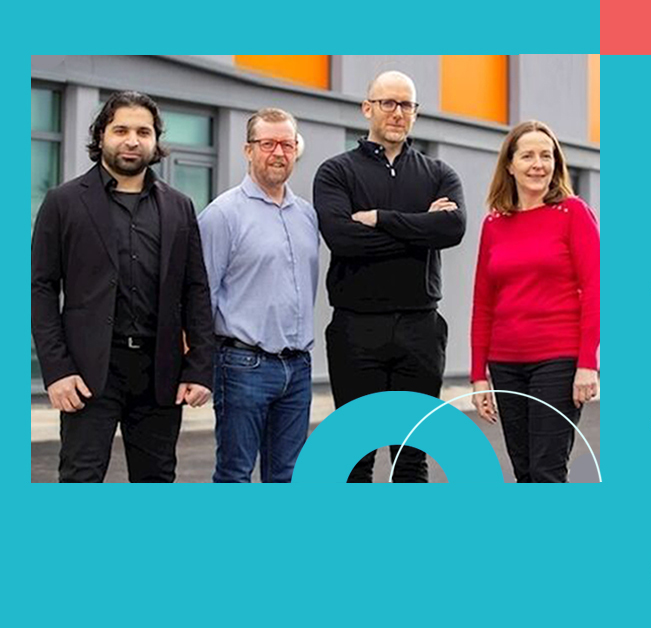
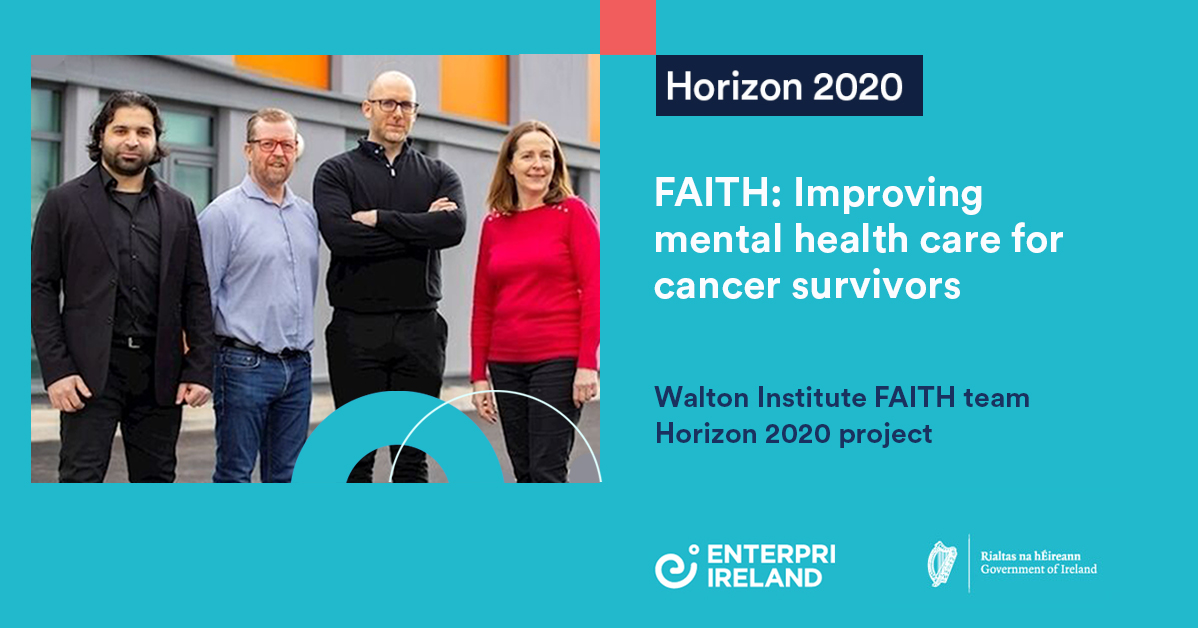

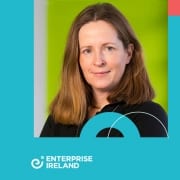
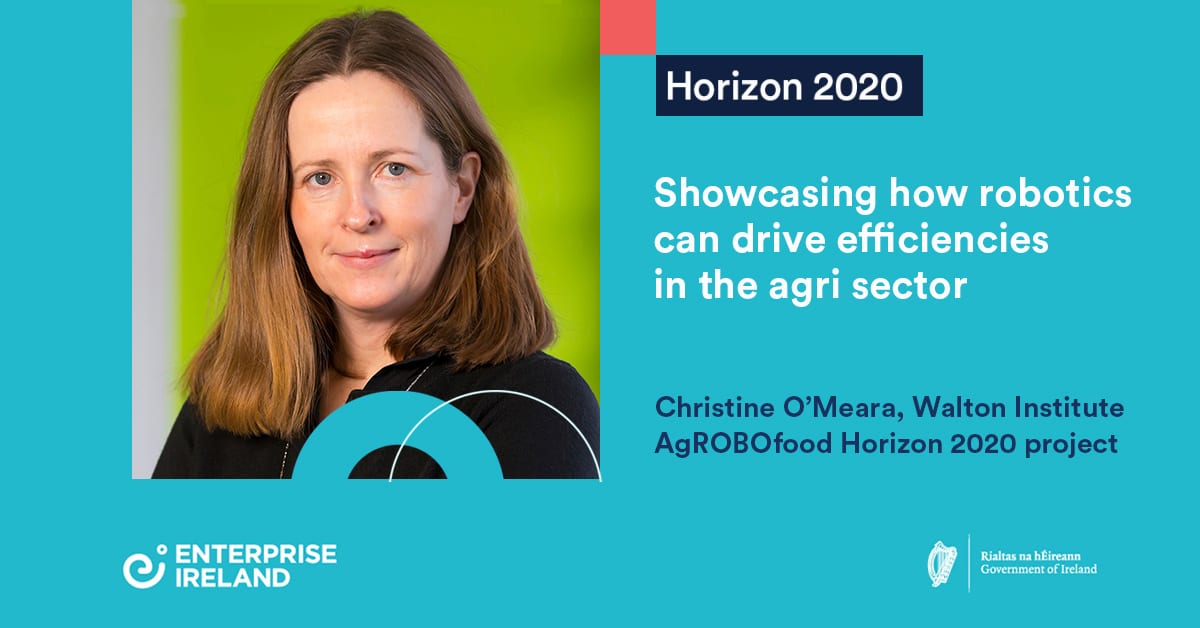
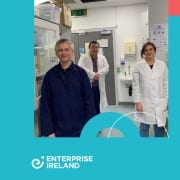

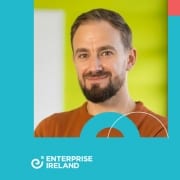
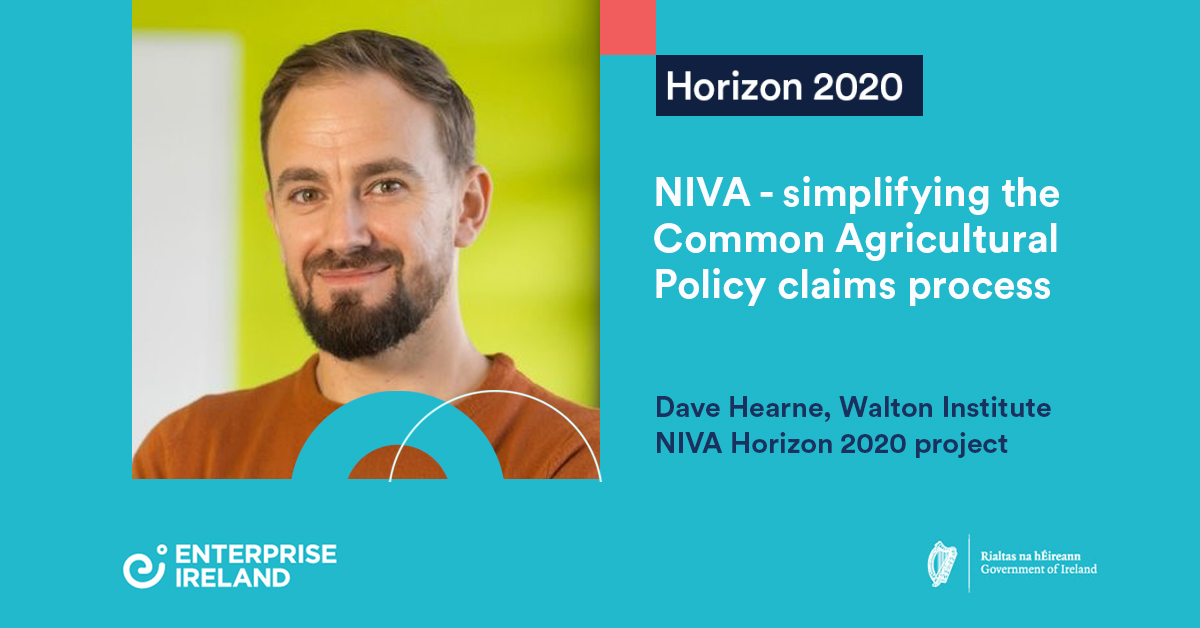
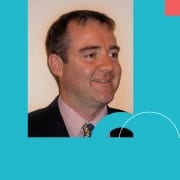
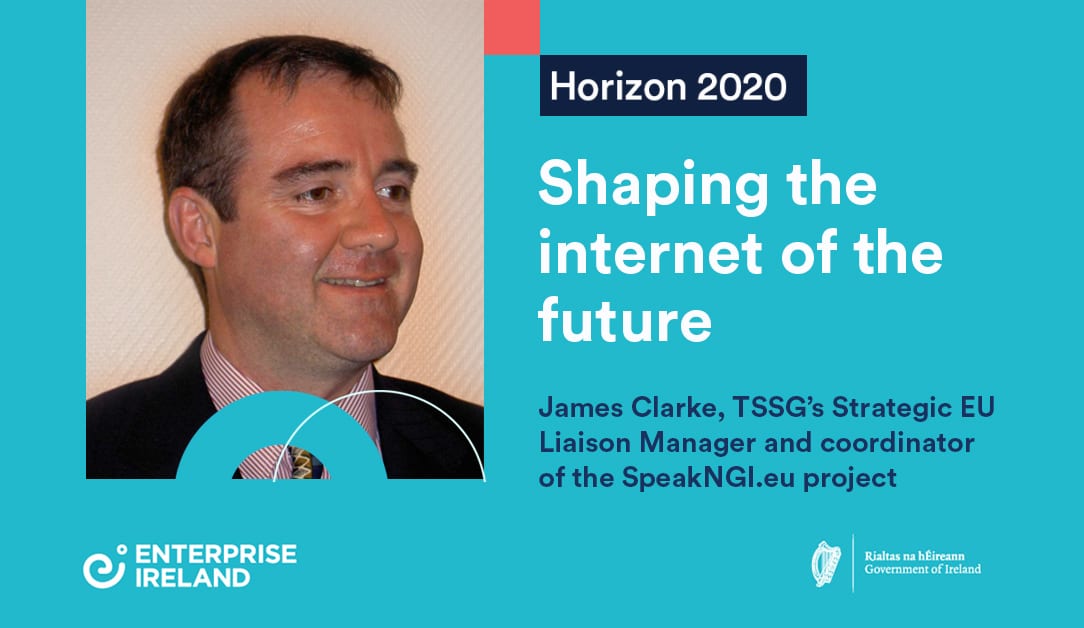
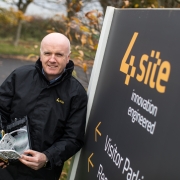
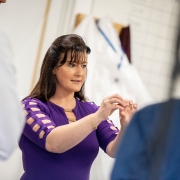

 For T.E. Laboratories, then, the recent launch of
For T.E. Laboratories, then, the recent launch of  Dovetailing with the focus on IP protection, T.E. Laboratories recently completed
Dovetailing with the focus on IP protection, T.E. Laboratories recently completed 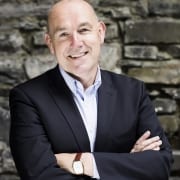

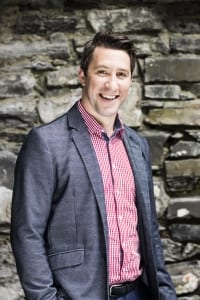 CFO Greg Stafford said, “Diabetes is a massive global epidemic, with more than 400 million people suffering from the condition. We have the potential to make an extraordinary impact on the incidence of diabetes as Nuritas has identified and unlocked bioactive peptides with the potential to prevent this condition. We are honoured to have received a multimillion euro
CFO Greg Stafford said, “Diabetes is a massive global epidemic, with more than 400 million people suffering from the condition. We have the potential to make an extraordinary impact on the incidence of diabetes as Nuritas has identified and unlocked bioactive peptides with the potential to prevent this condition. We are honoured to have received a multimillion euro 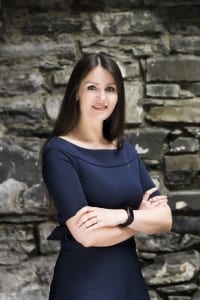
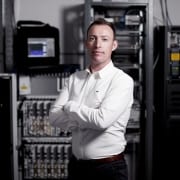
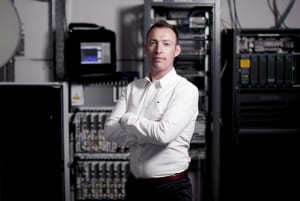
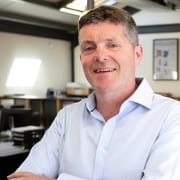
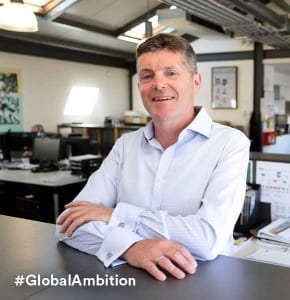
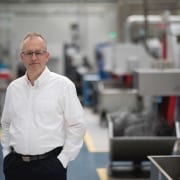
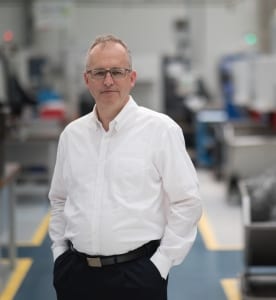 “Enterprise Ireland has been so supportive over the years, it’s not just about money. What they do is open your eyes to opportunities.”
“Enterprise Ireland has been so supportive over the years, it’s not just about money. What they do is open your eyes to opportunities.”
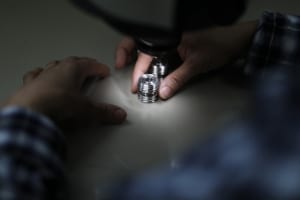 One example of that programme was the implementation of lights out manufacturing. This allows a highly sophisticated machine to run 24/7 while only being attended to for one shift a day. The pallets are set up by the operative and automated process takes over after that.
One example of that programme was the implementation of lights out manufacturing. This allows a highly sophisticated machine to run 24/7 while only being attended to for one shift a day. The pallets are set up by the operative and automated process takes over after that.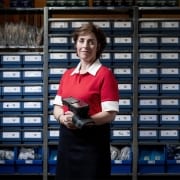

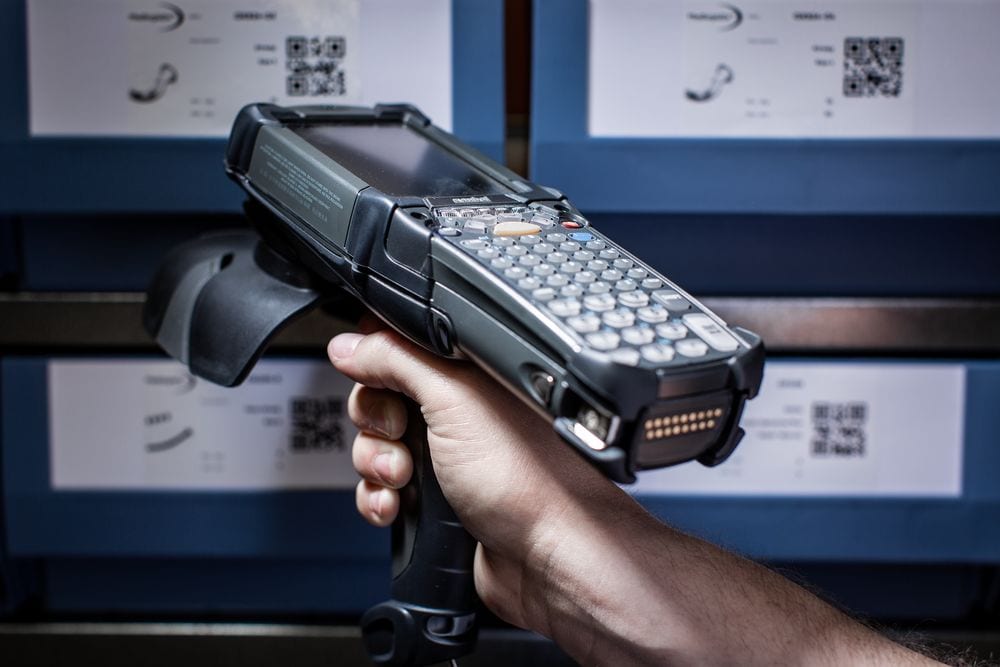 International success was already assured, due to a contract won in 2015 with Falck, the UK’s largest private ambulance service provider, thanks to the Enterprise Ireland development support.
International success was already assured, due to a contract won in 2015 with Falck, the UK’s largest private ambulance service provider, thanks to the Enterprise Ireland development support.
